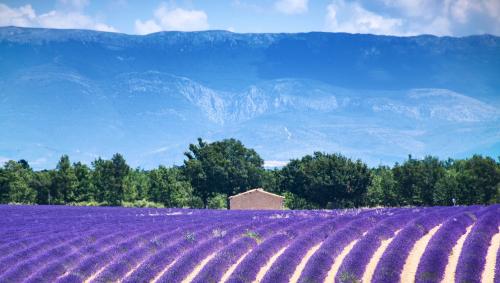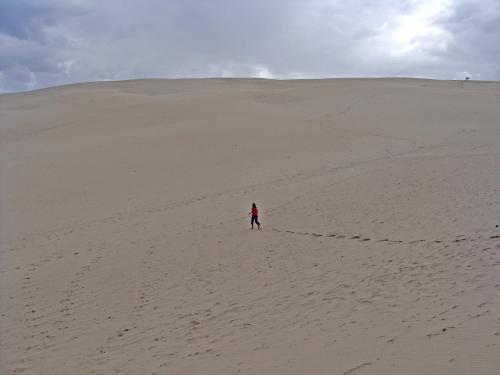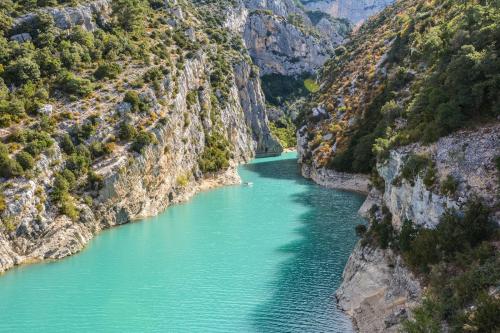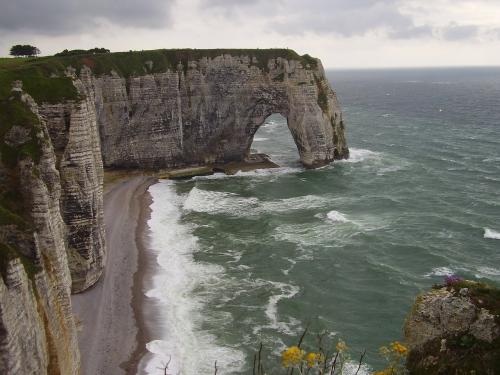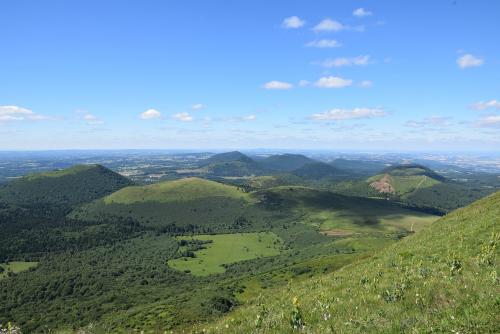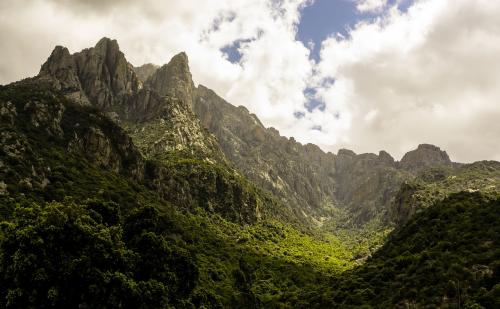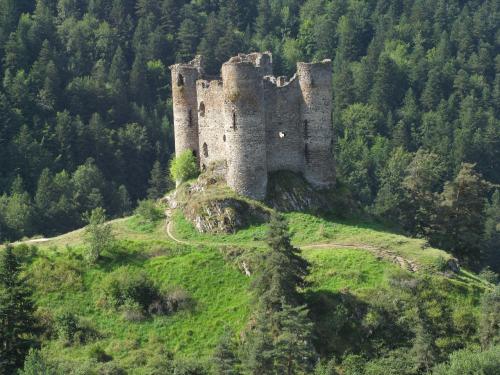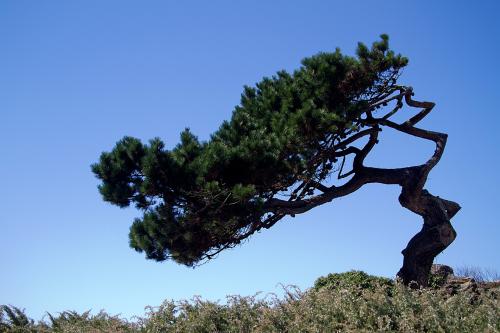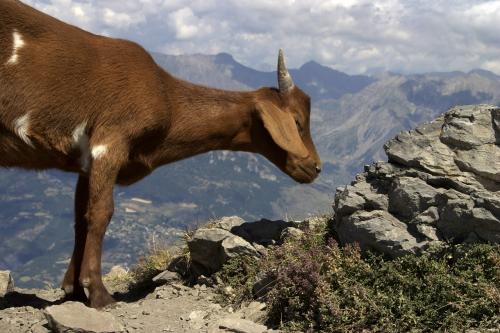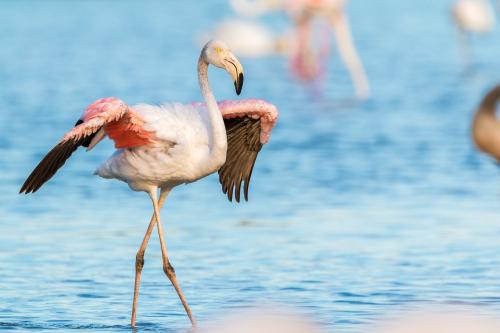Nature of France
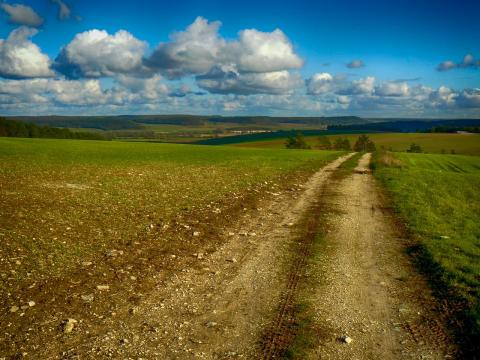
France is the largest country of the European Union. It washed by the Atlantic Ocean in north and the Mediterranean Sea in south. Up to two thirds of territory of France is plain and the rest of it is mountainous. The country also has dense river net however only Seine is navigable.
Climate of France is temperate continental in inland areas, temperate maritime in coastal regions and subtropical in southern edge of the country. It is influenced by features of relief and varies depending on location. Temperature averages are above freezing (except mountainous regions) with hot and dry summers and cool and rainy winters. Annual amount of precipitation varies from 600 (23”) mm to 1000 mm (39”) and on western slopes of mountains reaches even 2000 mm (79”).
Places in France
Nature o France is diverse and exceptionally beautiful. Complimented by pleasant weather, charming people and deep culture it attracts millions of tourists each year. Picturesque plains and snowy mountains, broad rivers and alpine meadows are waiting to share their magnificence with visitors.
Lavender fields in Provence
Famous French writer Romain Rolland once said: “France is romantic because it has Provence”. It is indeed beautiful land with bright blue sky and air here is fresh and clean. Between July and August hills of Provence are covered with blanket of blooming lavender. Its fragrance complimented by smell of motley grass and compliments unique view.
Dune of Pilat
The great moving Dune of Pilat is located in 50 km (31 mi.) from Bordeaux on coasts of the Arcachon Bay in province of same name. It is the tallest dune in Europe. Size of the dune is astonishing: it is 3 km (1.8 mi.) long, 500 m (1640 ft.) wide and 107 m (351 ft.) tall. And each year it moves further inland by couple of meters.
Verdon Gorge
Verdon Gorge canyon is considered as one of the most beautiful in Europe. It is 25 km (15.5 mi.) long and its depth reaching 700 m (2296 ft.) in some points. It was created by the Verdon river with head high in Alps. The river as well as canyon leads to magnificent Sainte-Croix-du-Verdon Lake.
Cliffs of Étretat
Alabaster coast in Normandy stretched along the Atlantic Ocean and has numerous gaps. Each of such gap is occupied by localities of different scale. Arc of chalk cliffs near small village Etretat are well recognized in the world. Many painters were charmed by them including Claude Monet.
Sleeping volcanos of Chaîne des Puys
Green volcanoes of Chaîne des Puys are UNESCO Word heritage site and they completely deserve it. 40 km (25 mi.) long chain of inactive volcanos covered in lush greenery is magnificent and serene. 6000 years have passed since last eruption and now the region is completely safe for tourists.
Flora of France
Plants in France are diverse. Lifeless snowy peaks are habituated only by mosses and lichens. Lower alpine meadows are covered by carpet of chamomile, bellflowers and other grassy plants i.e. wild carrot, angelica, meadowsweet. Also meadows are home of useful plants. Arnica tames pain in muscles, Turk’s cap lily were used for food until gained status of protected species. Wild Orchid helps to cure gastritis and gentiana is used in brewing as taste improver, silene in its turn is used in culinary for same purposes.
Below meadows there are coniferous woods with pines, larch, fir and spruce. Then there are broad leaved forests with oaks, chestnut trees and beeches. However due to development of agriculture there are few forests in France.
Mediterranean coasts in their modern state are suitable only for drought resistant species. Most of original local flora was eliminated and rains depleted the soil. Nowadays the region is covered by short trees and bushes (olives, cork oaks, alpine pines, juniper, myrtle and oleander). In addition there were planted some exotic species (eucalyptus, palm and agave).
Fauna of France
Many centuries of anthropogenic influence lead to extinction of some species and put other on the verge of it. However in local reserves there are lots of representatives of European, Mediterranean and Alpine fauna. There are brown bears, chamois and ibex.
Among remaining species there are some small verminous mammals (foxes and badgers) and rodents (squirrels, mice and rats). Forests are inhabited by hares and bats. Also there are red deers, roe deers, boars and beavers. There are mouflons in mountains of Corsica.
Diversity of birds is wider. Mountainous regions are filled with songs of willow warblers, turasian treecreepers, bullfinches, whinchats and song thrushes.
Forests are inhabited by:
- snowfinches;
- partridges;
- alpine choughs;
- ring ouzels;
- wallcreepers;
- woodcocks;
- wood warblers;
- wood grouses.
In addition there are some birds of prey for instance bearded, griffon and egyptian vultures, eagles and ernes.
 Seasons of the Year
Seasons of the Year 